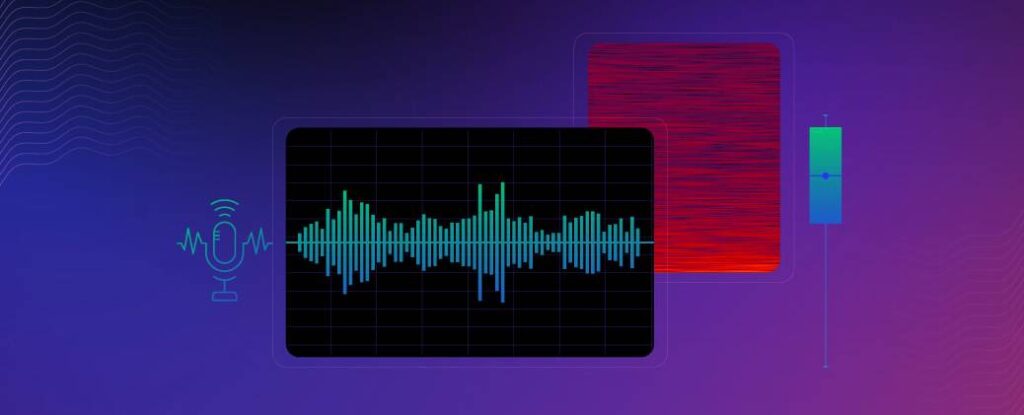Detecting Speech and Music in Audio Content, Detecting speech and music in audio content involves signal processing and machine learning techniques. There are several approaches to achieve this task, and the choice of method depends on the specific requirements and constraints of the application. Here are some common methods:
Spectral Analysis:
- Speech and music signals exhibit different characteristics in the frequency domain. Speech typically has a more even distribution of energy across frequencies, while music may have more distinct peaks in certain frequency bands.
- Use techniques like Fast Fourier Transform (FFT) to convert the audio signal into the frequency domain and analyze the spectral content.
Energy-Based Methods:
- Speech and music signals differ in their energy distribution over time. For instance, speech often has varying energy levels, while music may have more sustained energy.
- Apply energy-based features such as short-term energy or zero-crossing rate to capture temporal characteristics.
Machine Learning Classification:
- Train a machine learning model, such as a support vector machine (SVM) or a neural network, using features extracted from the audio signal.
- Features could include statistical measures, spectral features, and temporal characteristics.
- A labeled dataset containing examples of both speech and music is required for training.
Deep Learning:
- Convolutional Neural Networks (CNNs), Recurrent Neural Networks (RNNs), or hybrid models can be used to automatically learn hierarchical representations from raw audio data.
- Spectrogram images or Mel-frequency cepstral coefficients (MFCCs) can be input features for deep learning models.
Hidden Markov Models (HMMs):
- HMMs can be used to model the temporal evolution of speech and music signals.
- Train separate HMMs for speech and music, and then use the models to classify new audio segments.
Audio Fingerprints:
- Generate unique fingerprints for speech and music using techniques like acoustic fingerprinting.
- Compare the fingerprints of the input audio with a database of known fingerprints for classification.
Hybrid Approaches:
- Combine multiple methods to improve accuracy. For example, use a combination of spectral analysis and machine learning classification for better results.
It’s important to note that the effectiveness of these methods can depend on the specific characteristics of the audio data and the intended application. Preprocessing steps, such as noise reduction and normalization, may also enhance the performance of these techniques. Additionally, real-time applications may require efficient algorithms to process audio data in near real-time.


